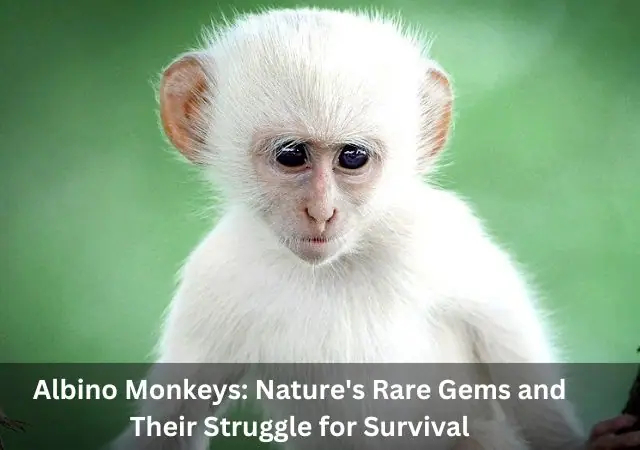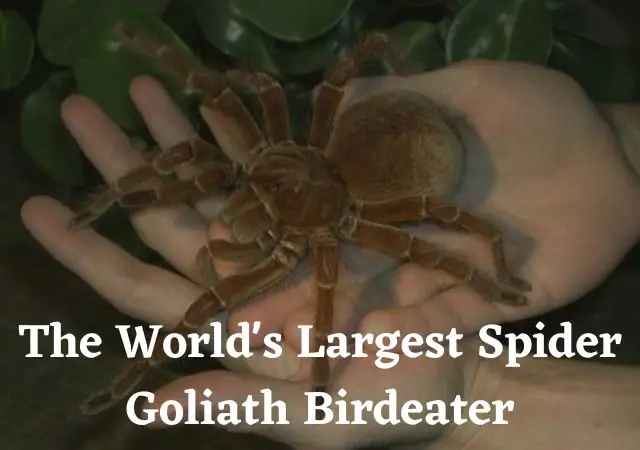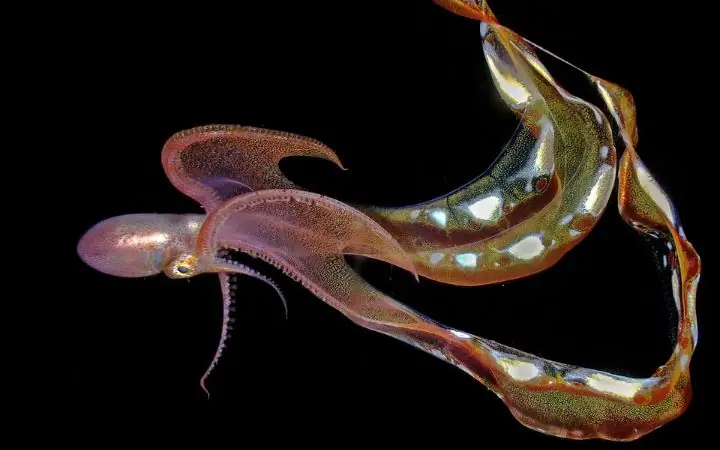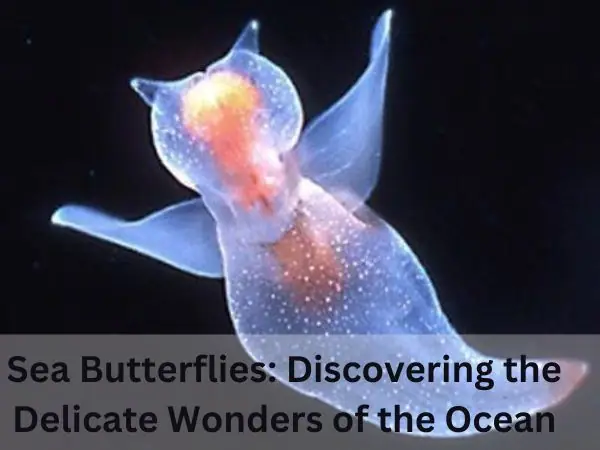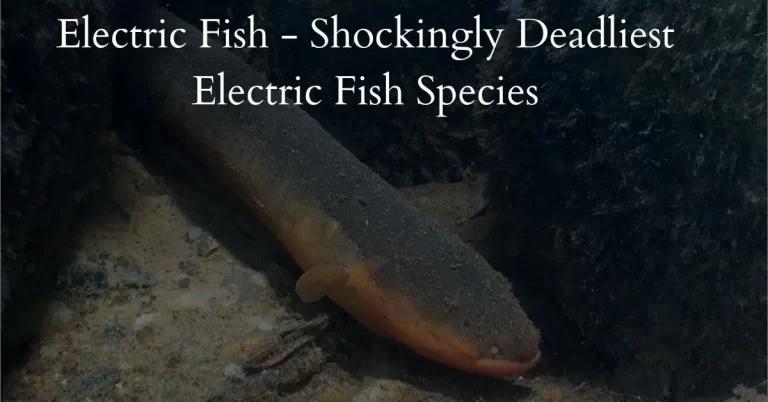Caracal Cat

The caracal cat (desert lynx), with its smooth body and distinctive tufted ears, is native to Africa, and the Middle East Asia. Wearing a reddish-brown coat under a snowy belly, these medium-sized hunters attract attention with their agile movements and keen senses.
Caracals, despite their solitary nature, thrive in environments where they can use their keen senses to pursue prey under the cover of darkness. They are skilled hunters and eat mainly small mammals, birds, and reptiles.
.
All about the Caracal cats
Scientific Name
The scientific name for the caracal is Caracal caracal. The genus name, Caracal, comes from the Turkish word “karakulak,” which means “black ear.” The species name, caracal, is derived from a Turkish word meaning “black ear,” which refers to the distinctive black tufts of fur on their ears.
.
Appearance
The caracal is an unusual medium-sized wild cat having a unique look. One of its most defining characteristics is that its ears are pointed and long with black tufts. These tufts enhance their hearing and may also play a role in communication.
Normally, the caracal has a tawny or uniform reddish-brown coat with occasionally pale underbelly. With such streamlined coats, it hides itself in different habitats ranging from savannas to scrublands.
Besides its distinct ears, the caracal is well-built and has relatively much longer legs than those of other cats of the same size as a result, they are adapted for hunting which makes it agile when jumping too. 15-20 kg (33-44 lb) is the weight range for adult caracals on average.
.
Habitat
The caracal is a highly adaptable and versatile wildcat in numerous African and Middle East habitats. It thrives in different habitats such as arid savannahs, thorny scrubs, wooded areas, and semi-desert regions. They also live in mountains at elevations of up to 3000 meters (9800 feet).

In Africa, caracals mainly occur in savanna landscapes where there is plenty of prey consisting of small antelopes, rodents, and birds. They can also be found in drier parts with sparse vegetation that rely on their sharp senses to locate food.
In the Middle East as well as parts of Asia the same type of habitats are inhabited by these caracals but they are usually found near water sources like rivers or lakes. They are secretive animals that prefer areas with dense vegetation or rocky terrain where they can conceal themselves while pursuing prey.
.
Diet
The caracal’s diet is mainly composed of small to medium-sized mammals such as rodents, rabbits, and small antelope like gazelles. It can also prey on ground birds in particular francolins and guinea fowl because of its skill as a hunter. Its jumping ability and agility make it able to catch flying birds or leap at them from the ground.
Caracals are meat-eating animals. The caracal can feed on reptiles, insects, and sometimes domesticated animals like chickens or young goats when prey becomes scarce apart from mammals and birds. They often use stalking and ambushing tactics while hunting their food.
.
Hunting skills

Caracals are skilled hunters and have several techniques to catch their prey. They are known for their agility and speed and can run up to speeds of 80 km/h (50 mph). Some of their hunting skills include:
1. Stalking: Caracals use stealth and patience to stalk their prey before launching a surprise attack. They will often hide in bushes or tall grass and wait until the prey is close enough to pounce on.
2. Ambushing: Caracals may wait for their prey to come to them, hiding behind rocks or other obstacles and then attacking when the prey is within reach.
3. Leaping: Caracals can jump up to 12 feet in the air to catch birds in flight. They use their long legs to launch themselves into the air and then use their sharp claws to grab the bird out of the air.
4. Persistence hunting: In some areas where prey is scarce, caracals may use a technique called persistence hunting. They will chase their prey over long distances, tiring it out until it can no longer run and is caught.
Overall, caracals are skilled and versatile hunters that can adapt to different hunting conditions and prey types.
.
Reproduction
Caracals reach sexual maturity between 12 and 16 months of age. Breeding season varies depending on the region but typically occurs during the winter months. During this time, males will compete with females, often engaging in vocalizations, physical displays, and even fights.
Once a female has chosen a mate, she will give birth to a litter of one to six kittens after a gestation period of approximately 2 to 3 months. The kittens are born blind and helpless and are completely dependent on their mother for food and protection. The mother will nurse her young for about 2 to 3 months, during which time she will leave them hidden in a den while she goes out to hunt.
As the Caracal kittens grow, they will start to explore their surroundings and play with each other, developing the skills they will need to become successful hunters. The mother will continue to care for them until they are old enough to venture out on their own, which typically occurs at around 6 to 9 months of age.
Cat caracal is not a highly social animal and is typically solitary, except during mating season and when a mother is caring for her young. They can breed year-round in captivity, but in the wild, breeding is usually seasonal.
.
Lifespan
In the wild, caracals typically live for around 12 years, although some individuals may live longer. In captivity, caracals have been known to live up to 17 years or more.

The lifespan of a caracal can vary depending on several factors, including the availability of food and water, predation, and disease. In areas where they are hunted or threatened by humans, caracals may have shorter lifespans.
Female caracals typically have shorter lifespans than males, possibly due to the demands of pregnancy and raising young. Males may also have larger territories and less competition for resources, allowing them to live longer.
Overall, the lifespan of a caracal is influenced by a combination of genetic, environmental, and ecological factors, and can vary significantly between individuals.
.
Predators & Threats
Caracals have few natural predators due to their agility and speed, but they may be preyed upon by larger carnivores such as lions, hyenas, and leopards. However, the main threats to caracals come from human activities, including:
1. Habitat loss and fragmentation: As human populations grow and expand into natural habitats, caracals lose their homes and hunting grounds. This can lead to decreased populations and increased competition for resources.
2. Hunting and poaching: Caracas are often hunted for their fur, meat, and body parts, which are used in traditional medicine. They may also be killed as pests or as retaliation for preying on livestock.
3. Roadkill and other accidents: Caracals may be hit by vehicles while crossing roads or highways, or may become entangled in fences or other man-made structures.
4. Climate change: Climate change can alter caracals’ habitats, affecting prey availability and access to water.
Due to these threats, their population has decreased in some areas, especially in Africa and Asia. Conservation efforts, such as habitat protection and anti-poaching measures, are critical to the survival of the caracal and other wildlife species.
.
Protection
Caracals are listed as a species of “Least Concern” by the International Union for Conservation of Nature (IUCN), which means that they are not considered to be at significant risk of extinction at the global level. However, caracal populations are declining in some areas due to habitat loss, fragmentation, hunting, and human-wildlife conflict.
To protect caracals, several measures are being taken, including:
Habitat conservation
Protecting and restoring caracal habitats is crucial for their survival. This includes creating protected areas, preserving natural corridors, and reducing habitat fragmentation caused by human activities.
Anti-poaching measures
Poaching is a major threat to caracals, both for their fur and for their body parts, which are used in traditional medicine. Increasing law enforcement and penalties for poaching can help reduce this threat.
Human-wildlife conflict mitigation
Caracals may occasionally prey on livestock, which can result in conflicts with humans. Implementing measures such as predator-proof enclosures, livestock guarding dogs, and compensation for losses can help reduce these conflicts.
Education and Awareness
Increasing public awareness about the importance of caracals and the threats they face can help promote conservation efforts and reduce human-wildlife conflicts.
Overall, protecting caracals requires a combination of measures, including habitat conservation, anti-poaching measures, human-wildlife conflict mitigation, and education and awareness-raising.
.

Amazing Facts About Caracal Cats
Here are some amazing facts about wild caracal cats.
- Caracals are incredibly agile and can jump up to 12 feet in the air from a standing position to catch prey.
- They are sometimes referred to as “desert lynx” due to their tufted ears and similar appearance to the lynx, but they are not members of the lynx genus.
- They can hunt prey larger than themselves, such as small antelopes or birds in flight.
- Caracals have long, powerful hind legs that allow them to run up to 50 miles per hour, making them one of the fastest of all wild cats.
- They are highly adaptable and can survive in a variety of habitats, including savannas, grasslands, and even mountainous regions.
- Caracals are sometimes kept as exotic pets, although this practice is illegal in many countries due to their status as protected species.
- In ancient Egypt, caracals were trained to hunt birds for the pharaohs and were considered sacred animals.
- Caracals have been observed using their powerful hind legs to swat birds out of the air mid-flight.
- They are solitary animals and only come together to mate or raise young.
FAQ:
What is a Caracal cat?
The Caracal cat, also known as the desert lynx, is a medium-sized wild cat species found in parts of Africa, the Middle East, and South Asia. They have distinctive tufted ears and short reddish-brown fur with white markings on their belly and chin. They are skilled hunters and can jump up to 12 feet in the air to catch birds in mid-flight.
Are Caracal cats dangerous?
Caracal cats are wild animals and can be dangerous if not properly cared for and handled. While they are generally not considered as dangerous as larger wild cats like lions or tigers, they have sharp claws and teeth and are skilled hunters. In some areas, Caracals are known to occasionally attack domestic animals like cats or small dogs.
Can you have a Caracal as a pet?
Technically, in some regions, it is possible to own a Caracal cat as a pet, but it’s important to note that they are wild animals and require a significant amount of care and attention.
How much is a Caracal cat?
The price of a Caracal cat varies widely depending on several factors such as the breeder, age, gender, and location. Typically, Caracal cats can cost a few thousand dollars to tens of thousands of dollars.
How many Caracals are left in the World?
The exact number of Caracals left in the world is not known, but they are classified as a species of least concern on the International Union for Conservation of Nature (IUCN) Red List of Threatened Species. This means that, at a global level, Caracals are not considered to be at high risk of extinction.
Read Also:
- Maine Coon Most Intelligent Cat Breed – Info, Ownership & Care
- Top 10 Biggest Domestic Cat Breeds in the World
- Top 10 Most Powerful Wild Cats in the World

